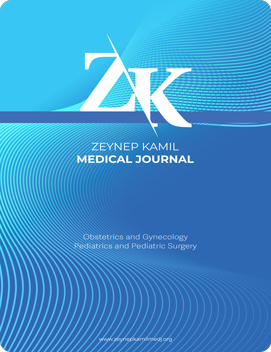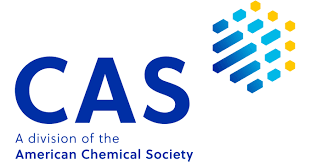Quick Search
Efficacy, tolerability, and safety of intravenous ferric carboxymaltose compared with oral ferrous sulfate for the treatment of iron deficiency anemia during the antepartum period
Mustafa Göksu1, Ozan Karadeniz21Department of Obstetrics and Gynecology, Istanbul Health Sciences University, Kanuni Sultan Suleyman Training and Research Hospital, Istanbul, Turkey2Department of Obstetrics and Gynecology, Basaksehir Cam ve Sakura City Hospital, Istanbul, Turkey
INTRODUCTION: This study aims to compare the efficacy, safety, and tolerability of intravenous ferric carboxymaltose to oral ferrous sulfate in pregnant women (gestation weeks 1421) with antepartum anemia.
METHODS: A retrospective cohort study was conducted in a tertiary hospital comparing intravenous 1000 mg ferric carboxymaltose treatment during pregnancy (120 patients) to oral ferrous sulfate (100 mg) 2x1 treatment until delivery (120 patients) for the treatment of iron deficiency anemia in pregnancy. The patients responses to treatment were assessed by measuring hemoglobin, hematocrit, and ferritin levels on the 60th day, 120th day, and postpartum 1st day following the initiation of the therapeutic intervention.
RESULTS: There were no significant differences between the groups in terms of gestational age, parity, delivery patterns, or antepartum hemoglobin and hematocrit levels. On the 60th and postpartum first day of treatment, the IV ferric carboxymaltose group had significantly higher hemoglobin and hematocrit levels than the oral ferrous sulfate group (p<0.05). Ferritin levels improved rapidly on the 60th day of IV treatment. However, there was no significant difference in hemoglobin, hematocrit, or ferritin levels on the 120th day.
DISCUSSION AND CONCLUSION: Intravenous ferric carboxymaltose proves to be safe and well-tolerated in the management of antepartum iron deficiency anemia. While short-term intravenous iron therapy leads to a quicker elevation of hemoglobin, hematocrit, and ferritin levels in women with antepartum anemia compared to oral ferrous sulfate therapy, over the long term, the levels tend to equalize.
Manuscript Language: English
















